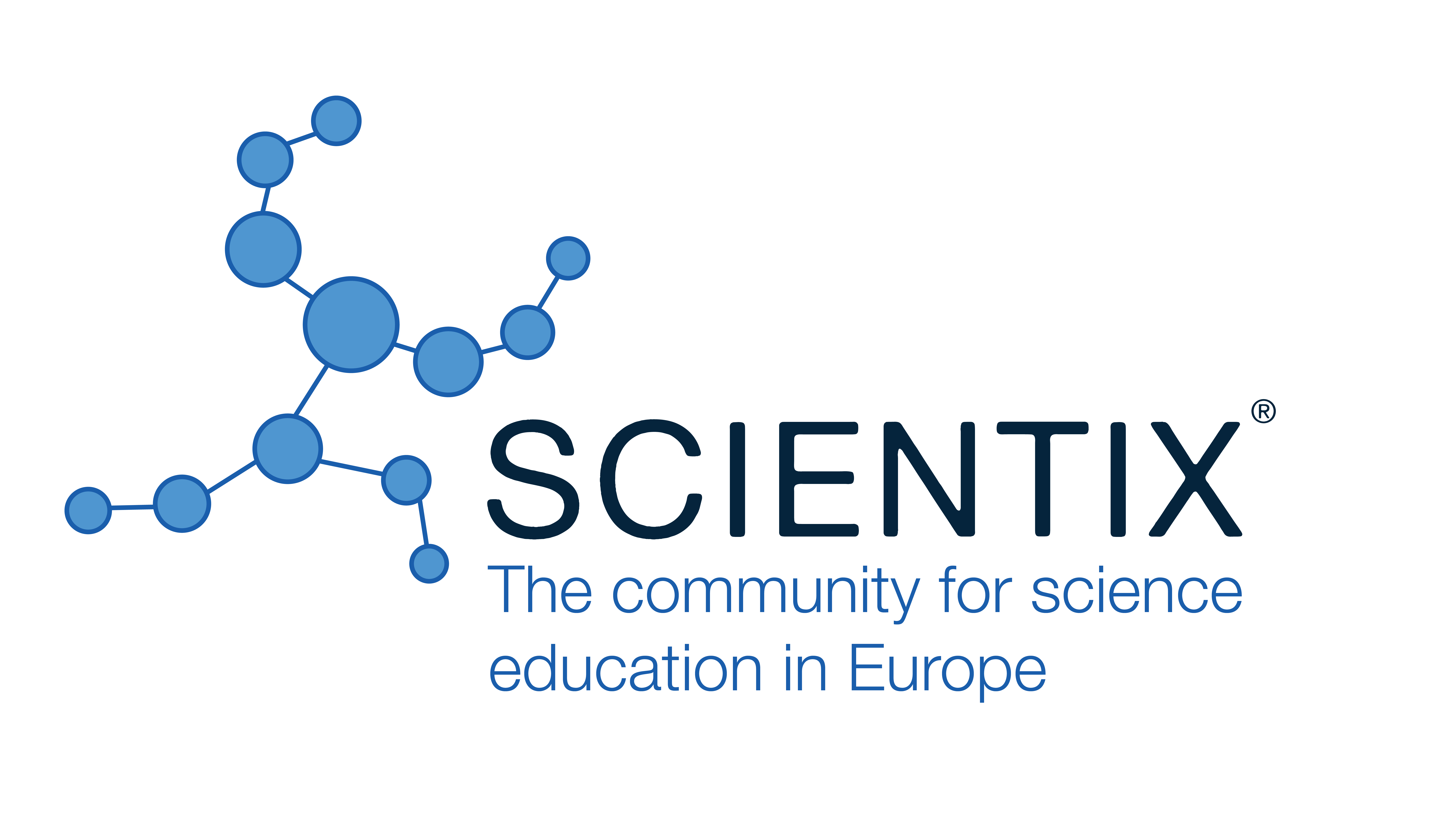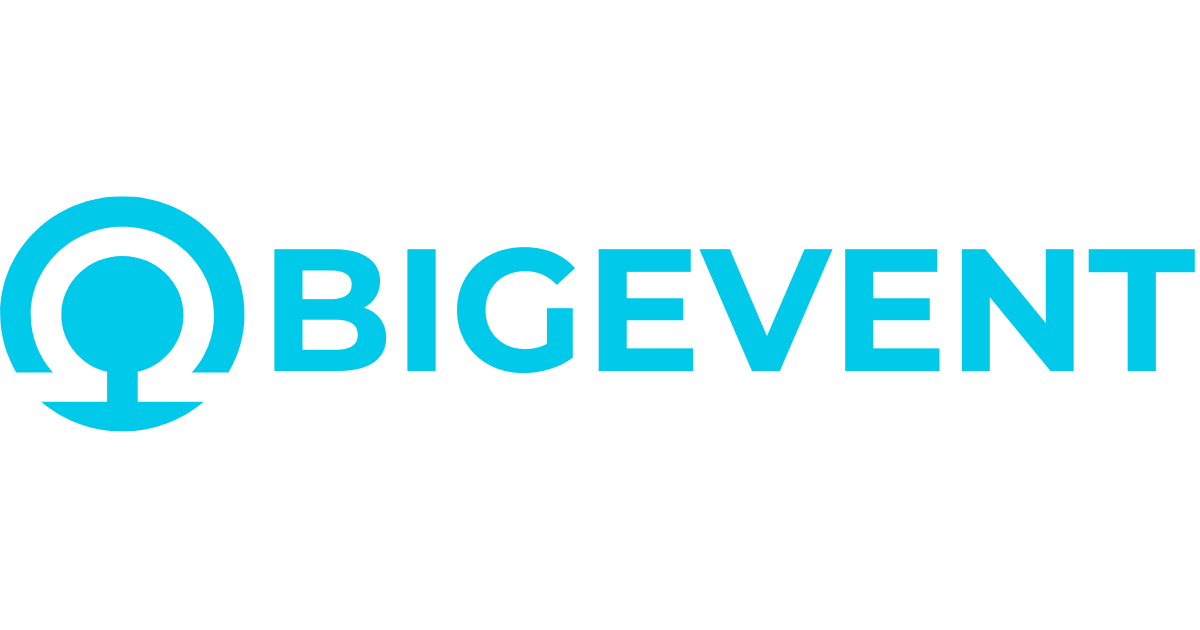Enhancing EFL Reading Instruction in Primary Schools: A Differentiated Approach in the Third Cycle of Learning English as a Foreign Language in Montenegro
Marija Mijušković, University of Montenegro (Montenegro)
Abstract
A differentiated classroom (DC) is a teaching strategy teachers use to adjust lessons so that they provide learners with the right level of English, background knowledge, needs and interest. The main feature of differentiated instruction is that the teacher recognises learners’ differences and modifies the content, whereby all learners work and learn simultaneously with different teaching materials. This research focuses on the effects of differentiated instruction applied to reading assignments for primary school learners in Montenegro, specifically concentrating on the third cycle of English language acquisition. Pupils in grades 7, 8 and 9 at four primary schools in Montenegro underwent differentiated reading instruction during their regular English reading lessons. Besides the assessment of learners’ work on the reading assignments, which was done by a reading model lesson evaluation rubric, learners also filled in a questionnaire about the effect the DC had on their reading skills. The results show that differentiated classroom assignments had a significant positive impact after learners applied the rules of the DC. The participants of the experiment mainly reported highly favourable opinions on their experience, stressing, in particular, the positive effects of differentiated teaching on their reading ability.
|
Keywords |
differentiated classroom, EFL, reading instruction, primary school learners, teaching strategy, adult learners, teaching |
|
References |
[1] Forsten, C., Grant, J., and Hollas, B. (2002). Differentiated Instruction. Different Strategies for Different Learners. Peterborough: Crystal Springs Books. [2] Hall, T. (2002). Differentiated Instruction. Effective Classroom Practices Report. National Center on Accessing the General Curriculum, CAST, U.S. Office of Special Education Programs [3] Heacox, D. (2012). Differentiating instruction in the regular classroom: How to reach and teach all learners. Minneapolis: Free Spirit Publishing Inc. [4] Santangelo, T., & Tomlinson, C. A. (2012). Teacher educators' perceptions and use of differentiated intruction practices: An exploratory investigation. Action in Teacher Education, 34(4), 309-327. [5] Tomlinson, C. A. (2005). The differentiated classroom: Responding to the needs of all learners. Upper Saddle River, NJ: Pearson Education. [6] Tomlinson, C. A. (2001c). How to Differentiate Instruction in Mixed Ability Classrooms (2nd ed.). Alexandria: Association for Supervision and Curriculum Development [7] Tuttle, J. (2000). Differentiated Classrooms (Report). Woodbury: Cedar Mountain Academy. |
 The Future of Education
The Future of Education





























